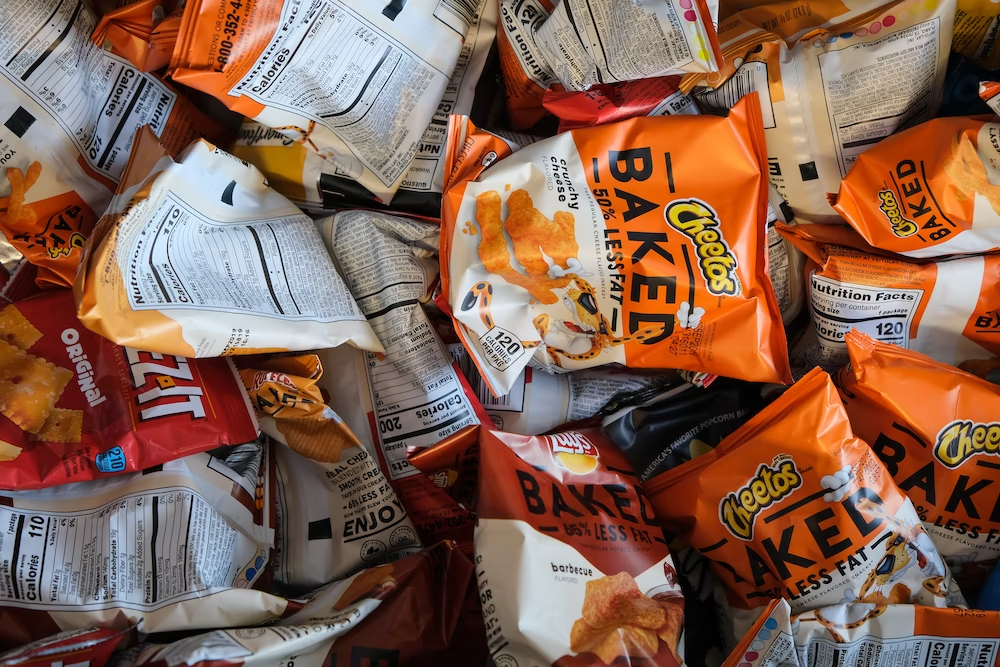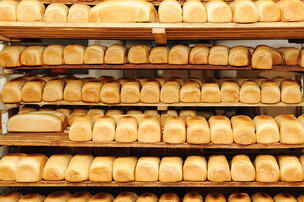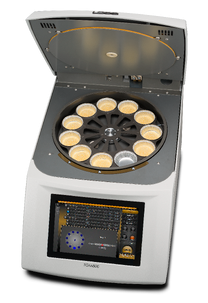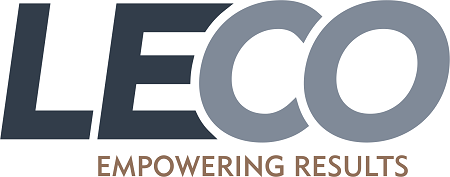Food safety is of paramount importance, with most consumers invested in knowing what is in the products they consume and their nutritional value. However, consumers may not always trust that the information on a packet is correct, and a number of high-profile cases involving inaccurate labeling have highlighted this issue.

Image Credit: LECO Corporation
This article will explore the history of public food analysis in the UK and how an enforcement lab can work within the public and private sectors to identify nutritional information and prevent food adulteration. Additionally, it will explore how Kent Scientific Services uses LECO’s instruments to ensure stringent food safety.
The history of public food analysis services in the UK can be traced back to 1860 when the first laws against food adulteration came into play.

Image Credit: LECO Corporation
Food adulteration, such as adding borax to gone off milk to reduce its sour taste or plaster to bread to make it whiter (and stretch their flour), was not unheard of at this time.
Food adulteration was a rampant epidemic that killed many people, especially children, and as laws came into effect, many offenders were named and shamed in public media to inform society of the danger and which suppliers to avoid.
As public awareness and legislation increased, so did the need for laboratories that could evaluate food quality.
A milestone in public health came in the 1950s with the creation of the Association of Public Analysts and a network of laboratories in the UK where food samples submitted by local authorities could be tested for food, agriculture, and consumer product safety and consumption.
There has, however, been a decrease in the number of laboratories operated by the Association of Public Analysts in the past few decades from a peak of thirty to only nine currently operating in Great Britain. This is a pressing problem: scientists are expected to analyze more samples faster, with fewer labs and employees.
The laboratory at Kent Scientific Services analyzes around 10,000 samples per year for private companies and government departments. Until recently, enforcement labs were not permitted to work in the private sector, but now it is recognized that testing samples for companies before they hit the market better protects consumers from dangerous or adulterated substances.
By being able to test private samples on the same equipment and at the same high standards as the enforcement samples, Kent Scientific Services is able to position itself well in a competitive market and provide industry-leading food safety services.

Image Credit: LECO Corporation
Part of the company’s success is attributed to the LECO products used in the lab. Between 20 and 25% of all samples run through Kent Scientific’s labs are tested for moisture content.
Evaluating the moisture content of food samples is a straightforward but key test that is important for determining nutritional accuracy. The lab exclusively uses the LECO TGM800 for automated moisture testing, but more traditional, slower manual testing can be provided if the results need to be cross-checked.
The team at Kent Scientific Systems also uses a LECO TruSpec and the latest FP828 protein analyzer, which uses a Dumas method. All LECO instruments used in the enforcement lab stand up to the rigors of the legal process, underpinning Kent Scientific’s accreditation to operate as an Official Control Laboratory.
The team purchased its first device from LECO nearly thirty years ago, and to this day, they are still pleased with the service and accuracy provided.
Nearly 5-10% of all the samples tested in Kent Scientific Services’ laboratory are found to have some form of adulteration. This is fairly consistent across the board.
As prices increase for ingredients and components, some suppliers are trying to save money and cut costs by adulterating their products or reducing key ingredients. Kent Scientific Services uses LECO instruments to ensure customers are not misled about what is in their food, ensuring food safety.

This information has been sourced, reviewed and adapted from materials provided by LECO Corporation.
For more information on this source, please visit LECO Corporation.